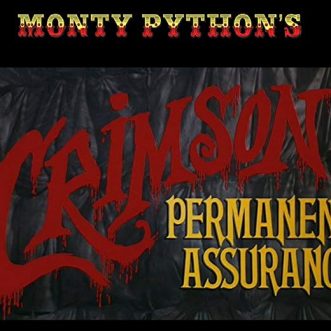July 19, 2019
A good process is a prompt, not a prescription. Like a musical score, or a set of building drawings, it tells people what to produce, not how to do it – they already know that, that’s why you hired them.
That means you can leave the details of execution and judgement to the person running the process. You don’t need to spell out every decision, or identify every possible scenario, or include every last detail of the ‘how to’.
You’re not programming a robot, you’re supporting an intelligent human being to take responsibility and use their own skill, experience, empathy, creativity and judgement to deliver what they, as a part of the business, have promised to the people the business serves.
So to recap, a good process is:
- clear about the outcome it is designed to achieve
- the responsibility of a single role, ensuring all required resources are available when and where they are needed
- both map and compass, helping the person running it to get to the right destination in all circumstances – even those you couldn’t predict
- a prompt, not a prescription
These things make for a process that people will actually use; that doesn’t need to be changed with every new piece of software or equipment; that is easy for new people to learn and even internalise, that allows the person responsible to ‘just get on with it’.
A process that is as simple as possible, but no simpler.









